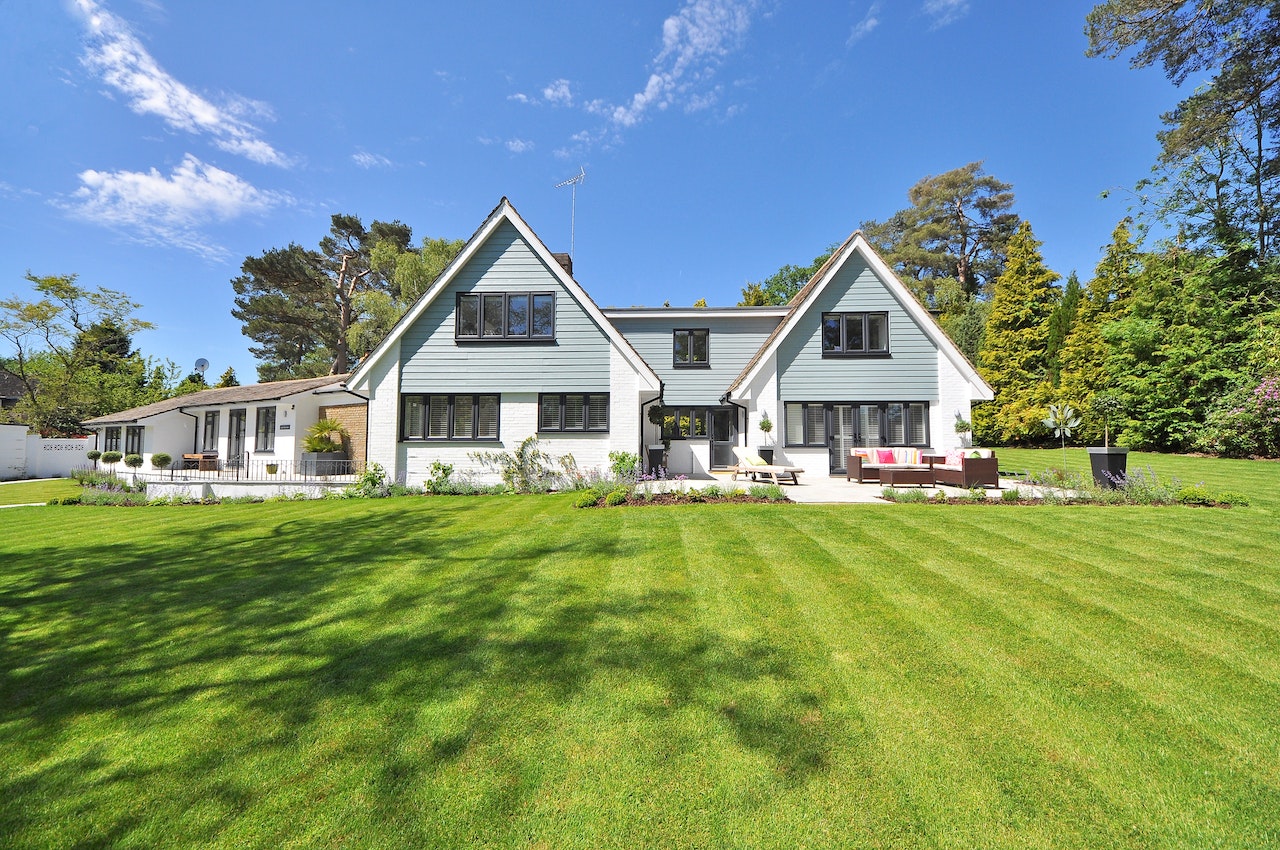The real estate landscape in San Diego, California, is undergoing a transformative shift with the rise of co-living spaces. Co-living, a modern housing concept that combines private living spaces with shared common areas, has gained significant popularity in recent years. This article explores the reasons behind the growing demand for co-living spaces in San Diego and the impact they have on the city’s real estate market.
Changing Lifestyles and Affordability:
One key factor driving the popularity of co-living spaces in San Diego is the changing lifestyles and preferences of residents. As the cost of living continues to rise, many individuals, particularly young professionals, and students, are seeking alternative housing options that offer affordability without compromising on quality. Co-living spaces provide a cost-effective solution by allowing residents to rent private bedrooms within a larger shared property, thereby reducing individual rental expenses.
Community and Social Interaction:
Another driving force behind the rise of co-living spaces is the desire for community and social interaction. With increasing urbanization and busy lifestyles, people often seek opportunities to connect with others and foster a sense of belonging. Co-living spaces offer shared common areas such as kitchens, living rooms, and recreation spaces, creating an environment conducive to interaction and community building. Residents can engage in communal activities, share meals, and participate in events organized within the co-living community, fostering a sense of camaraderie and support.
Flexibility and Convenience:
Co-living spaces also provide a level of flexibility and convenience that traditional housing options may lack. Many co-living providers offer fully furnished units with inclusive utilities and amenities such as high-speed internet, cleaning services, and maintenance. This eliminates the need for residents to deal with the hassles of setting up utilities or purchasing furniture. Additionally, co-living spaces often offer flexible lease terms, allowing residents to rent for shorter durations or have the option to transfer to other co-living locations, catering to the evolving needs of individuals in a transient city like San Diego.
Embracing Sustainability:
San Diego is known for its commitment to sustainability, and co-living spaces align well with the city’s green initiatives. By sharing resources and spaces, co-living promotes efficient use of land and reduces environmental impact. Furthermore, many co-living providers incorporate eco-friendly practices such as energy-efficient appliances, recycling programs, and sustainable building materials, attracting environmentally conscious individuals who wish to minimize their carbon footprint.
Addressing Housing Affordability Challenges:
San Diego, like many other cities, faces housing affordability challenges. Co-living spaces can help alleviate some of these issues by providing affordable housing options for a wider range of residents. The shared nature of co-living allows for greater efficiency in space utilization, reducing the overall cost burden for residents. Moreover, co-living providers often seek strategic partnerships with local organizations and government entities to develop affordable housing solutions that cater to specific demographic groups, such as students or low-income individuals.
Impact on the Real Estate Market:
The rise of co-living spaces in San Diego has had a notable impact on the real estate market. Developers and investors are recognizing the potential of co-living and are actively pursuing opportunities to create purpose-built co-living properties or convert existing properties into co-living spaces. This new market segment presents an avenue for diversification and can help meet the changing demands of residents seeking affordable, community-oriented living arrangements.
Conclusion:
Co-living spaces have emerged as an innovative solution to the evolving housing needs and preferences of San Diego residents. The combination of affordability, community, flexibility, and sustainability has made co-living an attractive option for individuals seeking an alternative to traditional housing. With the rise of co-living spaces, San Diego’s real estate market is witnessing a transformation that addresses affordability concerns while fostering a sense of community and promoting sustainable living. As the demand for co-living continues to grow, it is likely to shape the future of housing in San Diego and inspire further innovation in the real estate sector.

